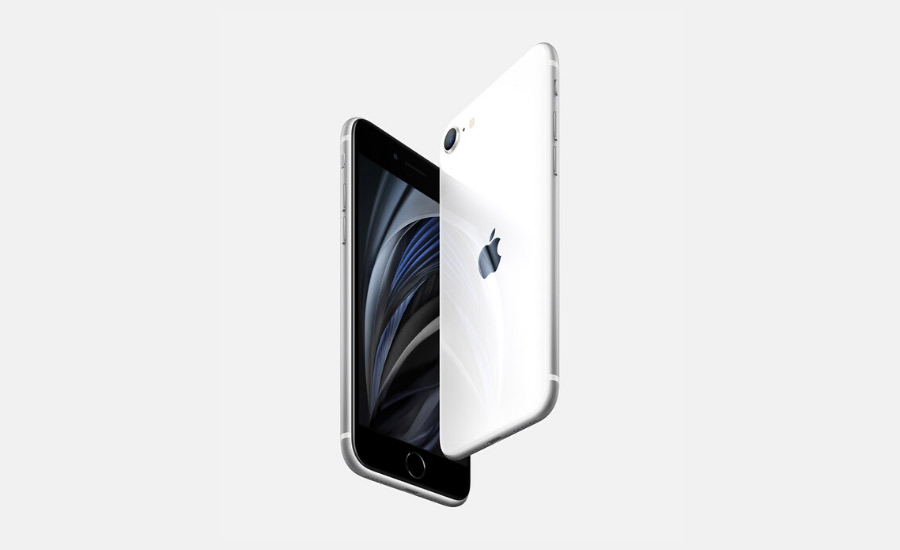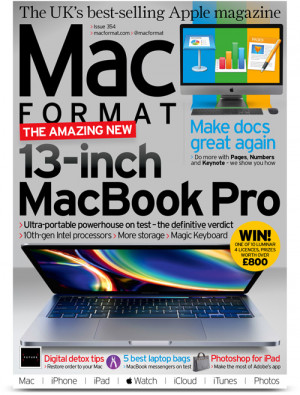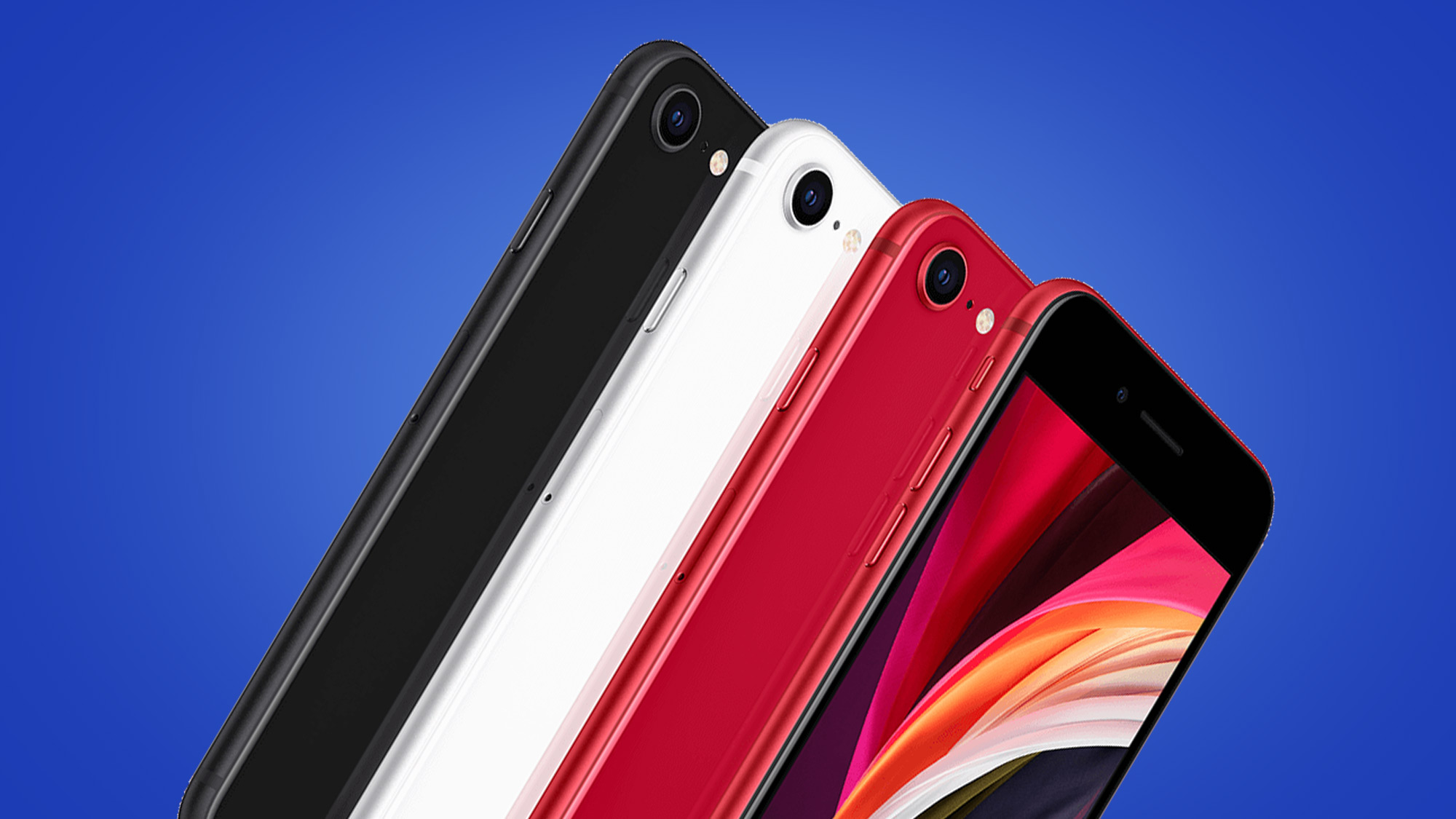GamesRadar+ Verdict
We love the iPhone SE. It’s affordable, sensibly specced, and does almost everything most people need a smartphone for. The only things that really count against it are its slightly retro styling and limited battery life. It’s fairly future-proof too.
Pros
- +
A great value iPhone experience
- +
Surprisingly powerful
- +
Takes decent photos...
Cons
- -
...but lacks a proper Night Mode
- -
Looks a little too retro
- -
It's a bit small (but you might like that)
Why you can trust GamesRadar+
The iPhone SE is back! Four years after the original SE was released, its iPhone 8-based replacement has arrived. And it’s a doozy. For just $399/£419, you gain entry to the Apple ecosystem and that low-cost pricing makes it a great first iPhone for younger members of your household.
What do you get? All three models in the iPhone SE line-up get a 4.7-inch Retina HD display with 1334x750 resolution, the same A13 Bionic processor as the iPhone 11 and iPhone 11 Pro, plus a single-lens 12MP Wide camera with an f/1.8 aperture and a 7MP front camera for selfies and FaceTime. The base $399/£419 model gets 64GB of on-board storage, the $449/£469 step-up model has 128GB, and the $549/£569 top-end version gets 256GB, which is plenty of wriggle room for most people. That pricing also makes even the most expensive iPhone SE much cheaper than the entry-level iPhone 11, and Apple makes it easy to get the iPhone SE for even less. Trade in your old iPhone and you could pick up the iPhone SE for even less.
Those are the headline stats. Now let’s dig into the detail. As we’ve already said, the iPhone SE is essentially the iPhone 8 from 2017, but equipped with some key features from the iPhone 11 – most notably its A13 Bionic processor.
That makes the iPhone SE positively tiny in modern iPhone terms, measuring just 138.4x67.3x7.3mm compared to the iPhone 11’s 150.9x75.7x8.3mm – and that’s not even the biggest iPhone. The difference in heft is noticeable too. Where the iPhone 11 weighs 194g, the iPhone SE is 46g lighter at 148g and you really notice the difference in your hand and in your pocket.
Because it’s based on the iPhone 8 (which was essentially the same design-wise as 2016’s iPhone 7, 2015’s iPhone 6s and 2014’s iPhone 6), the SE also looks and feels a little retro. That Retina HD display is boxed in by huge bezels at the top and the bottom of the 4.7in screen, although there’s no unsightly notch with Face ID either. Instead, you get an old- school Home button with Touch ID, which some people actually prefer - we’re hoping Apple offer both options for the iPhone 12.

iPhone SE performance
While the display may be small, it’s easy to see in all but the brightest sunlight, and having the A13 Bionic chip on board means the iPhone SE never skips a beat when it comes to performance – everything from navigating the interface to watching HD movies and playing the latest mobile games feels quick, slick and buttery smooth.
The interface also benefits from Haptic Touch, the force feedback replacement for 3D Touch. This enables you to gently press on an app in iOS 13 to reveal further actions and options, before selecting one to open the app itself. Apple calls this ‘peek and pop’.
- Buying Guide: The best gaming phones
While Haptic Touch seems to be on offer system-wide in the iPhone SE, there is one place it isn’t and that’s on Lock screen notifications, where they don’t appear at all. First pointed out by early iPhone SE buyers online, it’s not clear whether this is simply a wrinkle in the iPhone SE’s iOS 13 implementation or a deliberate feature hobble by Apple. It seems like a strange omission, but then if that’s your biggest complaint about a $399/£419 iPhone…

iPhone SE camera
Aside from the retro design and smaller screen, it’s clear that Apple has made shortcuts elsewhere to hit that low price point. The iPhone SE has 802.11ax Wi-Fi (Wi-Fi 6) and Bluetooth 5.0 just like its pricier siblings, but it misses out on new U1 chip, which enables the iPhone 11 and iPhone 11 Pro to more accurately locate other U1 devices.
The biggest difference, though, lies with its camera. While the iPhone 11 has a twin-lens array, and the iPhone 11 Pro a triple lens setup, the iPhone SE has just a single lens and a more limited feature set – there’s no Night Mode here for ultra low-light shooting, for example. The SE’s Portrait Mode implementation, while good to have, also relies on machine learning to create depth information when shooting people pictures, whereas the iPhone 11 and iPhone 11 Pro use their multiple lenses to create more realistic ‘bokeh’ effects.

This iPhone SE review originally appeared in MacFormat magazine and if you'd like to stay up-to-date on all the latest news, tips, guides and more for all things iPhone, MacBook, iPads and more, check out the latest print and digital subscription deals.
The other obvious limitation is that Portrait Mode on the iPhone SE mainly only works on people (by using face recognition) rather than objects, where you’ll often get a ‘No person detected’ warning. And because it relies on having a 5x digital zoom rather than the optical zooms of the iPhone 11 and 11 Pro, close-ups can come out blurrier and noisier.
Then there’s the iPhone SE’s battery life. Given that it’s based on the iPhone 8, the SE’s identical score is no surprise. Apple says you’ll get 13 hours between recharges when watching a downloaded movie but only eight hours when streaming, and in day-to-day mixed use you’ll need to reach for its charger (Qi-compatible wireless charging is possible too) by the time you go to bed – although that’s never been unusual on a 4.7in iPhone. Audio playback is pegged at 40 hours.
That limited longevity contrasts strongly with the bigger (and bulkier) iPhone 11, which delivers up 17 hours of operation when watching a downloaded movie, 10 hours with streamed video and up to 65 hours audio playback. The monster iPhone 11 Pro Max, of course, has the longest-lasting battery of all – offering up to 20 hours’ movie playback and 80 hours’ audio playback, but then it also costs £1,149 – more than twice the price of the SE.
Finally, there’s build quality. Like all iPhones, the SE is beautifully made with a glass and aluminum body, despite its low price. It’s also dust- and water-resistant to IP67, meaning you can drop it in up to 1m of water for up to 30 minutes and it’ll live to tell the tale. After living with an iPhone 11 for a while, though, the SE’s slim size and ultra-light weight feels almost delicate to us – we’d definitely want to safeguard it with a protective case.



